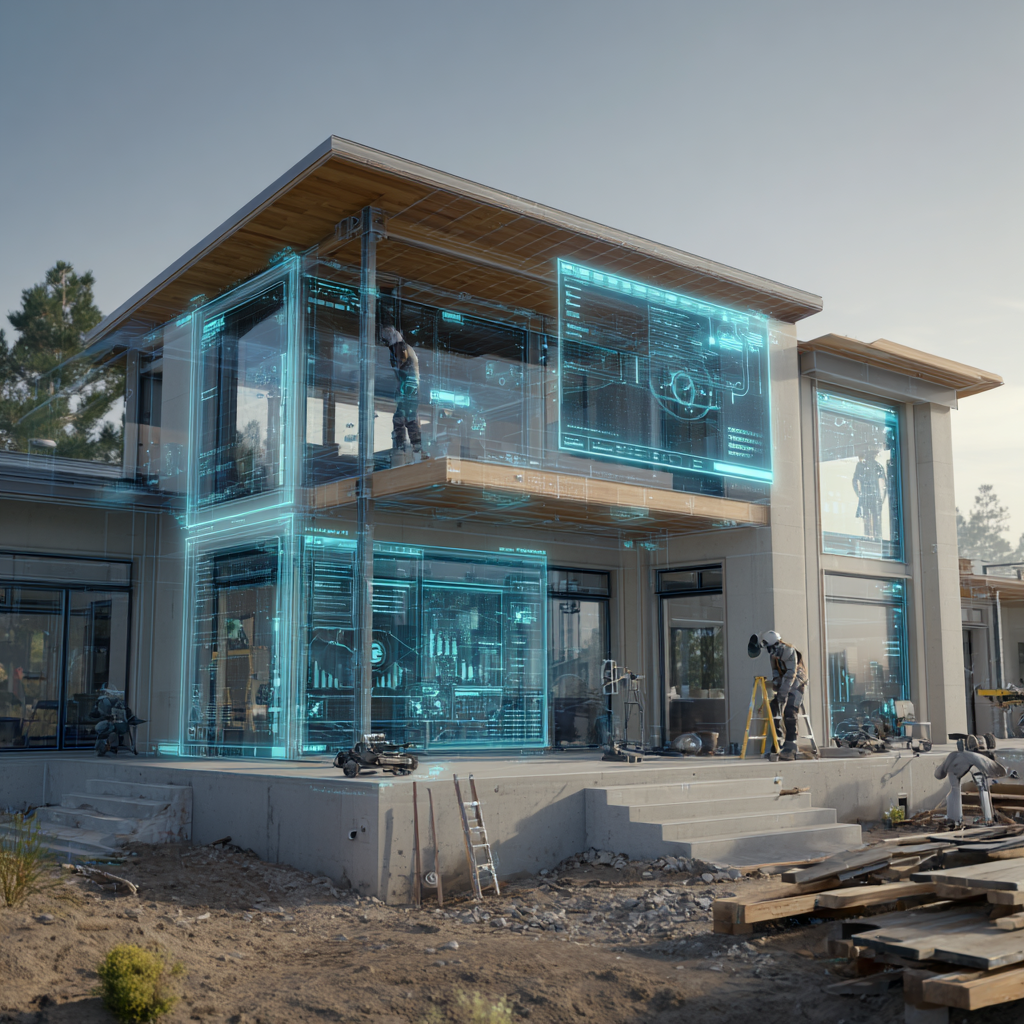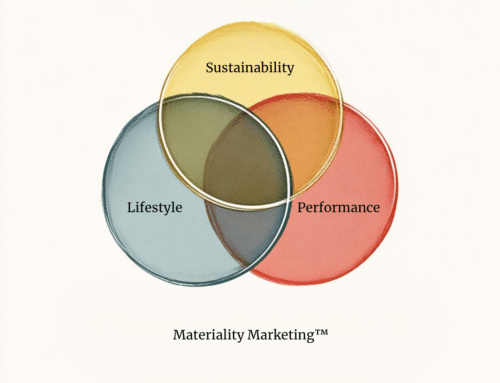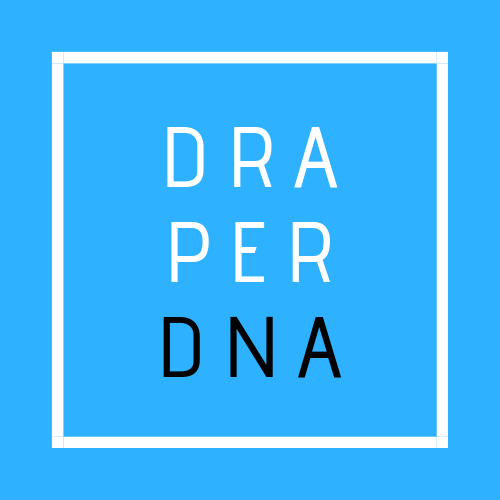Spec-to-Site Expertise: How Draper DNA Ensures What’s Specified Actually Gets Installed
October 16, 2025
Getting specified feels like a win — until you realize the spec is just the start line, not the finish line.
Every building products manufacturer knows the heartbreak: your product is written into the architectural spec, your logo is in the plans, and then… somewhere between design and delivery, it disappears. Substituted, value-engineered, replaced, or forgotten.
That’s what we call the spec-to-site gap — and it’s the hidden leak that drains millions in potential revenue.
At Draper DNA, we’ve built our reputation on helping manufacturers close that gap — protecting specs, reinforcing preference, and ensuring your product makes it from the architect’s drawing board to the contractor’s truck.
The Problem: Why Specs Don’t Stick
Let’s break it down. The building products journey is long — and at every handoff, the spec is vulnerable.
1. The Architect’s Stage
Architects specify based on data, trust, and relationships. But unless you reinforce that spec, it’s only as strong as the next contractor’s substitution.
Why it’s lost: Lack of ongoing contact, outdated BIM files, no proof of performance.
2. The Distributor’s Stage
Distributors often carry alternative brands with higher margins or shorter lead times. When the architect isn’t looking, the spec can change fast.
Why it’s lost: Inventory pressure, cost comparison, or incentives from competitors.
3. The Contractor’s Stage
Contractors prioritize ease of installation, warranty protection, and what’s in stock locally.
Why it’s lost: Unfamiliarity, training gaps, or lack of availability.
4. The Homeowner’s Stage
Homeowners sometimes override product selections based on price or aesthetics.
Why it’s lost: The story wasn’t told clearly enough for them to defend the brand to their contractor.
The High Cost of Losing a Spec
When a spec dies, the brand loses more than a sale. It loses credibility with the architect, leverage with distributors, and visibility in the market. It’s not just a missed order — it’s a lost ecosystem opportunity.
Each lost spec means:
-
A builder who never experiences your product.
-
A distributor who doesn’t reorder.
-
A homeowner who never becomes your advocate.
Multiply that across 50 projects a year, and you’re watching revenue vanish into thin air.
The Solution: A Framework Built to Protect and Deliver
Draper DNA developed the Spec-to-Site Framework™ to solve this exact problem. It’s not theory. It’s a repeatable, proven system for turning specifications into installations — and installations into advocacy.
1. Architect Engagement: Secure the Spec
-
Offer AIA-approved CEUs and technical sessions.
-
Maintain up-to-date BIM/Revit content.
-
Provide case studies that show performance under real-world conditions.
-
Build relationships, not just library listings.
Our approach:
We help manufacturers become a trusted resource — not just a vendor. Architects specify products they believe in and professionals who make them look good.
2. Contractor Conversion: Reinforce the Choice
Once the architect specifies, contractors need a reason to stay loyal. We make it easy.
-
Offer contractor ProNetwork enrollment.
-
Provide installation training and on-demand support.
-
Extend warranties and rebate incentives for staying with your brand.
Our approach:
We turn contractors into allies, not obstacles. When they see your brand as the path of least resistance — faster installs, fewer callbacks — they defend the spec instead of substituting it.
3. Distributor Alignment: Maintain Momentum
Distribution is where many specs die quietly. We fix that by connecting sales programs to stocking commitments.
-
Co-op promotions to support stocked SKUs.
-
Volume incentives for holding inventory tied to active specs.
-
Digital dashboards linking demand data to stocking behavior.
Our approach:
We build visibility through the channel so the spec isn’t just protected — it’s available when it counts.
4. Homeowner Awareness: Anchor the Decision
If the end user doesn’t care which brand goes into their home, your spec is fragile.
We create campaigns that educate homeowners to ask for your brand by name.
-
Storytelling that connects performance to protection, comfort, or design.
-
Online tools that help them visualize your product.
-
Messaging that empowers them to say, “I want that one.”
Our approach:
We reinforce brand preference so strong that even substitution attempts meet resistance at the kitchen table.
Case Study: From Specification to Installation
A premium cladding manufacturer kept losing market share despite high specification rates. Draper DNA mapped the entire pipeline and discovered 60% of specs were being swapped by contractors due to availability and training gaps.
We redesigned their strategy:
-
Developed regional contractor training events.
-
Launched a Spec Protection Program with distributor stocking guarantees.
-
Built a homeowner campaign highlighting “Architect-Chosen, Contractor-Trusted.”
Result: Spec retention rose by 37%, dealer orders increased 22%, and homeowner leads jumped 40%.
That’s spec-to-site performance.
The Draper DNA Advantage
Unlike traditional agencies, Draper DNA combines manufacturer experience, channel strategy, and technical marketing fluency. We understand how specifications are written, tracked, and ultimately installed — because we’ve lived it from every side: manufacturer, distributor, and agency.
Our proprietary tools integrate across the full path to purchase:
-
DNA Channel Map™: Identifies breakdowns from manufacturer to homeowner.
-
Spec-to-Site Framework™: Secures specs and ensures installation.
-
ProNetwork™: Builds loyalty among contractors and installers.
-
Materiality Marketing™: Connects technical performance to consumer lifestyle.
This system doesn’t just protect specs — it transforms them into long-term, repeatable wins.
The Bigger Picture: Protecting Market Share Before You Lose It
Too many manufacturers celebrate being “basis of design” and then watch competitors undercut them at bid time.
That’s not a sales problem. That’s a marketing systems problem.
The right message, structure, and partnerships prevent substitution before it starts. With a strategic partner fluent in how specs flow through the market, you don’t just chase lost projects — you build a network that keeps winning new ones.
Conclusion: From Drawing Board to Doorstep
A specification isn’t success — it’s potential. Success is when the product arrives at the jobsite, gets installed right, and earns repeat business.
We build trust at the architect level, loyalty at the contractor level, and preference at the homeowner level — all backed by the data and frameworks that prove it works.
In the building products world, spec-to-site expertise isn’t just a skill. It’s survival.





